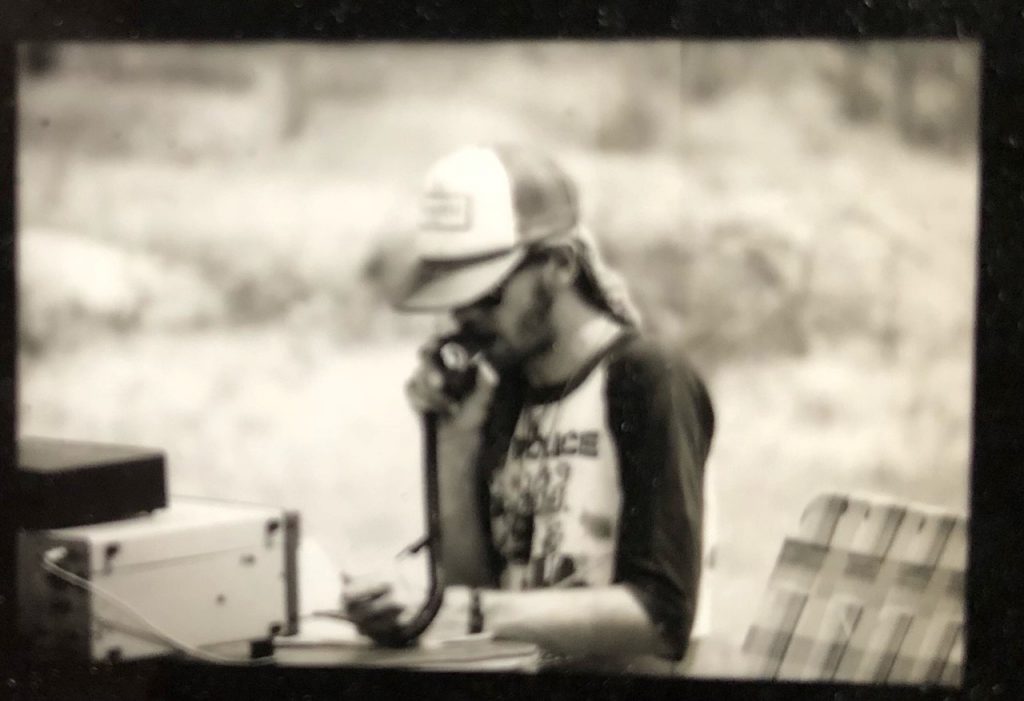I’ve been licensed for almost 40 years now. Hobby radio has been a part of my life, in one form or another, since I was three years old. In that time, it has morphed and changed in some very interesting ways, not all of which I was able to predict. Not all change is progress, though. I’ve definitely seen some stuff that I don’t find particularly positive about the way Ham radio has evolved.
Here are five major ways I feel Ham radio has changed since I earned my Novice license back in May of 1982. Please note, my opinions are my own and I speak for nobody but myself.
1. SWLing Isn’t as Much Fun Anymore
While not strictly Ham radio, many Hams my age got started in the hobby through shortwave radio listening, or SWLing. I started off with a Radio Shack Globe Patrol shortwave kit, which my brother built and gave to me. I then wrapped about a mile of copper wire around my bedroom for an antenna and rarely took my headphones off after that. Signals from all around the world came into that little box: The BBC, Radio Moscow, Radio Beijing, Radio Australia, HCJB in Ecuador (see below), and so many others. I had a solid grasp on world geography by the time I was seven, thanks to shortwave radio.
These days all the big stations are gone, thanks to the Internet. It’s more economically feasible to stream your programming online than to maintain several 500 kW broadcast facilities around the world. Yes, there’s still stuff to listen to on shortwave, but most of it is religious broadcasts and China Radio International. I still tune in from time to time just to see what’s on the air these days, but the radio spectrum has definitely shifted, and streaming the BBC online just doesn’t scratch the radio itch like shortwave did.
AM band DXing is still fun, especially on my 1938 Zenith console radio, as is NDB (Non-Directional Beacon) DXing on the VLF bands.
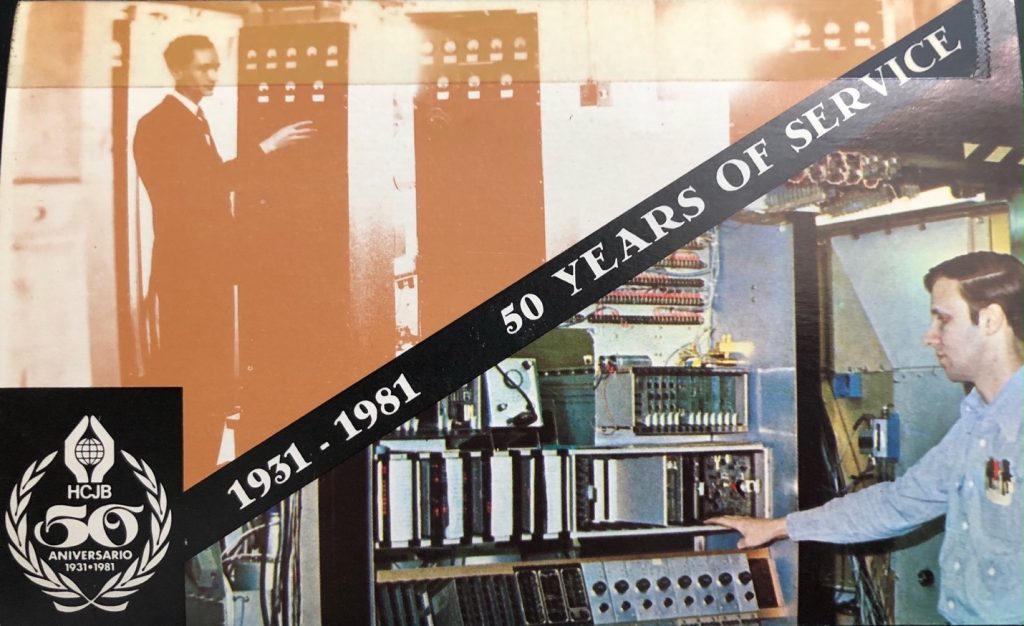
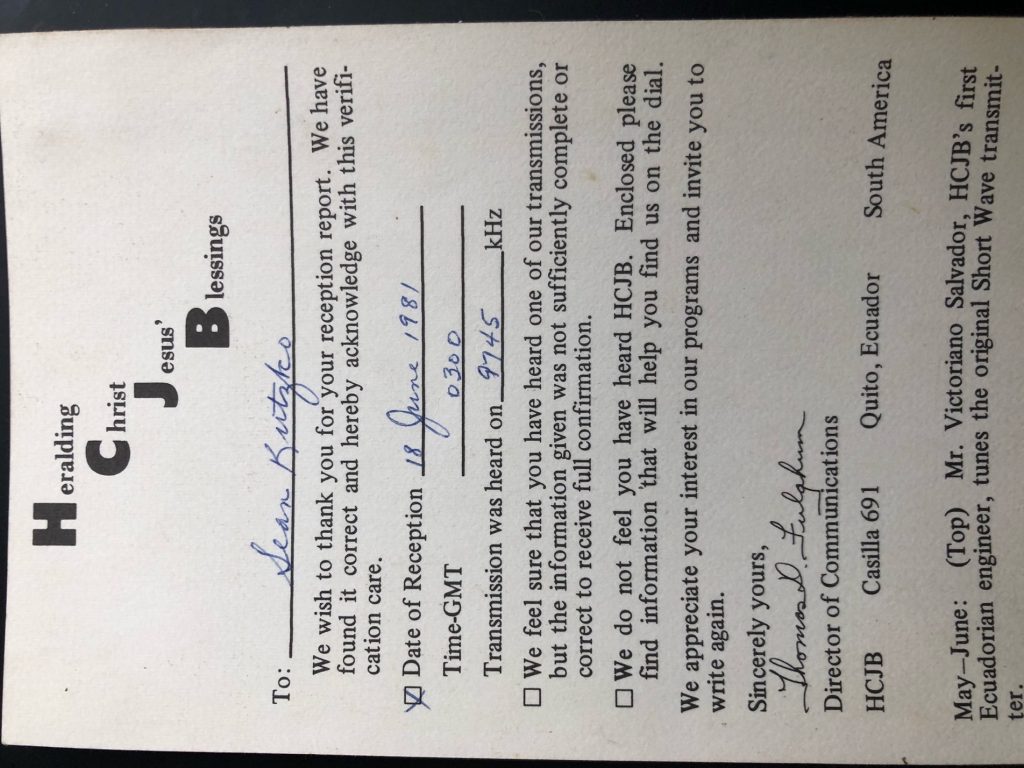
2. No CW Requirement
I recall sitting next to a grad student as I passed my five-word-per-minute Morse code exam in a classroom at the University of Illinois Electrical Engineering building, near the university’s Synton Amateur Radio Club, W9YH. I was 13 years old and earned my Novice license as a result. When my license finally (FINALLY!) arrived in the mail after almost THREE MONTHS, CW was the only way I could get on the air. So I went down to the 15 and 40 meter Novice sub-bands and learned how to send very slow CW on a straight key. Over time, what I initially viewed as a necessary evil to get on the air soon proved to be the most enjoyable way I participated in Ham radio. CW is my favorite mode by far…but it took some time to get there.
Of course, there is no CW requirement to earn a license anymore, nor should there be. However, it remains as popular as ever among Hams. It’s not just the old-timers who like it, either. Thanks to several clubs that promote learning CW, like CWops and the Straight Key Century Club,Morse will be utilized for quite some time.
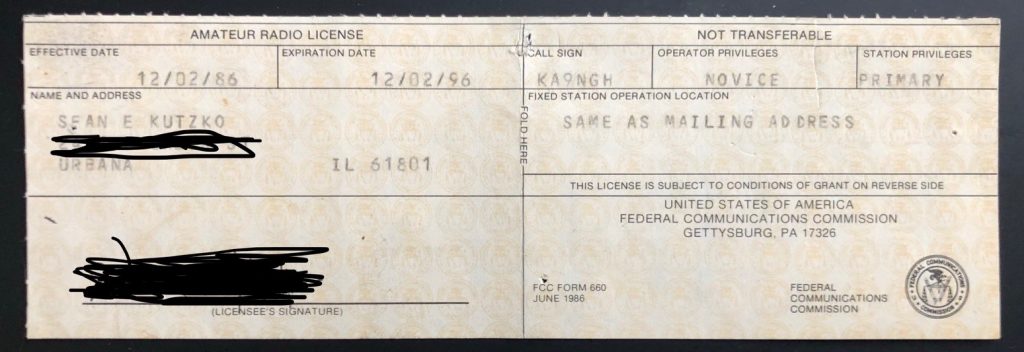
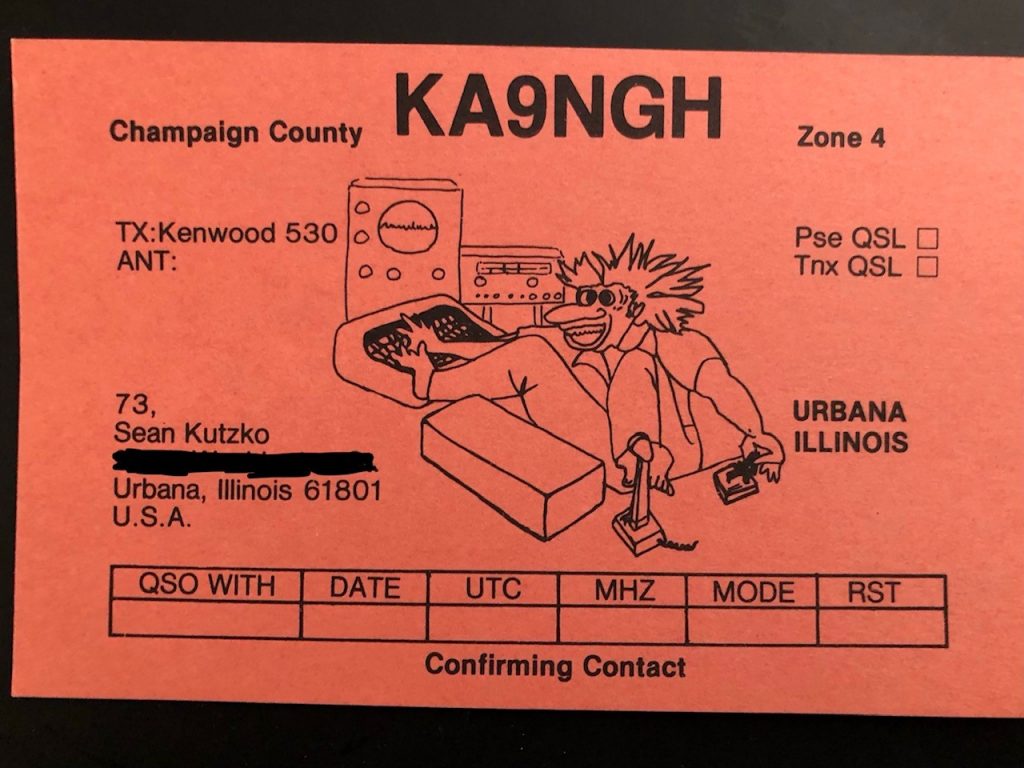
3. The Digital Revolution
Living in Urbana, Illinois had definite advantages. A few months after I got licensed, I attended a local club meeting where there was a presentation on RTTY by Bill Henry, K9GWT (sk), the owner of HAL Communications Corporation. For those who don’t remember, HAL was the leader in dedicated RTTY terminals and demodulators in the late 70s and early 80s. I was as wide-eyed as a Novice could be, and in a singular act of kindness, Bill actually let me borrow a complete RTTY station for a couple of weeks to tune around and explore this new-to-me mode of Ham radio. Of course, the $2,100 price tag (in early 1983) was far beyond what a 14-year-old could afford. I returned the gear back to HAL and was intrigued by being able to type to far-away people via Ham radio.
The computer revolution hit shortly thereafter, and the entire landscape changed. Computer logging, contest submissions via the Internet, and the myriad ways Ham radio combined with computers was exciting and incredibly innovative. With Joe Taylor’s, K1JT innovation of the WSJT suite of software, VHF and moonbounce operations were revolutionized, though not everybody was happy about it. Then a couple years later, FT8 hit the scene and things changed yet again.
I appreciate the innovation and am glad that thousands of operators enjoy using the digital modes, but I am disheartened about the effect FT8 has had on VHF operating, especially on 6 meters. Milking the band of contacts during weak propagation enhancement is certainly an achievement, but it comes at the loss of being able to work a lot of stations on SSB and CW during stronger openings. Fewer people use those modes now, even during great conditions. And that is a negative I wish I could change.
4. The Role of Ham Radio in Emergency Communications
Ham radio’s role in traffic handling and dealing with bona-fide emergencies was incredibly strong well into the 2000s. Hurricane Katrina remains the modern prime example where Ham radio truly provided life-saving communications under incredibly difficult and harsh circumstances. But after the Internet really took hold and the infrastructure was developed and improved dramatically, Ham radio’s role as an emergency resource decreased significantly. Yes, it still serves in that capacity–see SKYWARN for a prime example of this. But barring a major cataclysmic event, the glory days of Ham radio and emergency communications in the United States are fading fast.
5. It’s More Popular Than Ever
There are almost 750,000 licensees in the U.S., and a lot of them are fascinated with new technology and experimentation, the entire point of Ham radio! Space communications, software-defined radio, building and hacking devices, learning electronics and propagation: Learning new techniques and tools to communicate is what Ham radio is all about. It’s also why Ham radio is a perfect conduit to electronics, coding, physics, weather, and a host of other disciplines via STEM education and personal development.
I couldn’t be happier about the state of Ham radio today. It remains a huge part of my life and that of many others, and I don’t see it going away anytime soon. However, it will continue to change and evolve, as is the nature of all things. Whether you choose to stay comfortable in a hobby you know and love or branch out and discover new aspects of it, I hope you keep enjoying Ham radio and marvel at how it keeps reinventing itself, just as it has ever since it came to be.
